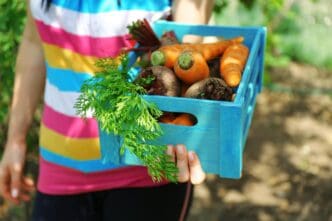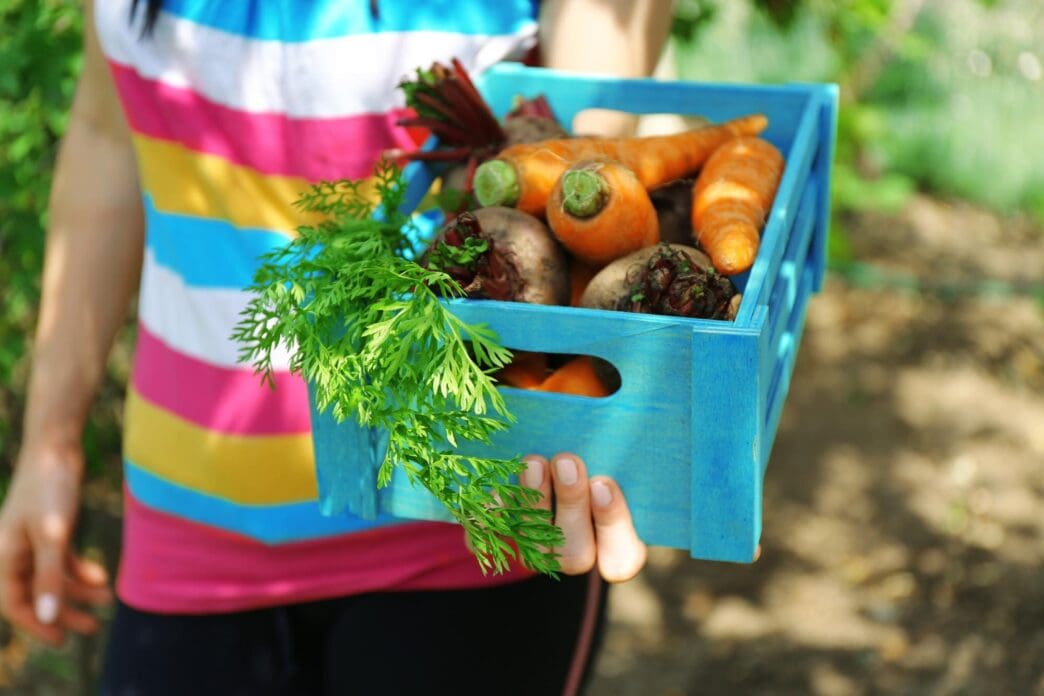A Quick Takeaway
The Story Behind the Trend
How to Make It Work for You
The Community View
Navigating your local farmer’s market can transform your approach to healthy eating, offering a direct line to the freshest, most nutritious ingredients while simultaneously bolstering local economies and sustainable agricultural practices. For anyone seeking to elevate their culinary experience, reduce their environmental footprint, and connect with their food sources, mastering the farmer’s market run is an invaluable skill. This guide will equip you with expert tips to efficiently shop, discover hidden gems, and make the most of your weekly market visit, ensuring you bring home the best of what’s in season.
Before You Go: Smart Preparation
A successful farmer’s market trip begins long before you arrive. Strategic preparation ensures you maximize your time and budget, preventing impulse buys you might later regret and guaranteeing you snag the most sought-after items.
Research Your Market
Before heading out, take a moment to research your chosen market. Check its operating hours, typically found online, and identify peak times to either arrive early for the best selection or later for potential end-of-day deals. Investigate which vendors are usually present and what payment methods they accept, as many small farmers still prefer cash or might have limited card processing capabilities.
Plan Your Meals (Loosely)
While spontaneity is part of the market’s charm, having a loose meal plan can be incredibly helpful. Consider what dishes you want to prepare for the week and identify key ingredients you’ll need. This approach helps you focus your shopping, but always remain flexible enough to incorporate unexpected seasonal delights that catch your eye.
Make a List, Check it Twice
Based on your meal plan, create a shopping list of essential items. Prioritize your needs, but consciously leave a few blank lines for those exciting impulse purchases or unique finds you might discover. This balance ensures you get what you need while still allowing for serendipitous discoveries.
Gather Your Gear
Come prepared with the right tools for a comfortable and efficient shopping experience. Bring several reusable bags, ideally insulated ones if you plan to purchase meats, dairy, or frozen goods. Small bills and coins are essential for easy transactions with vendors, and a water bottle will keep you hydrated as you browse.
At the Market: Savvy Shopping Strategies
Once you’re at the market, adopting a few clever strategies can enhance your experience, helping you find the freshest produce, best prices, and most interesting products.
Arrive Early for the Best Selection
For the widest variety and the freshest picks, aim to arrive shortly after the market opens. Popular items like ripe berries, specialty greens, or unique baked goods often sell out quickly. Early birds truly get the worm, or in this case, the best heirloom tomatoes.
Do a Lap First
Before making any purchases, take a leisurely stroll through the entire market. This initial survey allows you to assess the full range of offerings, compare prices between different vendors, and note any new or unusual products. This strategic overview helps you make more informed decisions rather than buying the first thing you see.
Talk to the Farmers
One of the greatest joys of a farmer’s market is the direct connection to your food source. Engage with the farmers; ask about their growing practices, how they recommend storing their produce, or even for recipe suggestions. Building these relationships can lead to valuable insights and even special requests in the future.
Embrace the Seasonality
The core philosophy of a farmer’s market revolves around seasonality. Focus on buying what is fresh and abundant, as these items are typically at their peak flavor, most nutritious, and often more affordably priced. Let the season guide your menu planning, inspiring new dishes and culinary adventures.
Don’t Be Afraid to Ask Questions
Empower yourself by asking thoughtful questions. Inquire about whether produce is organic, how recently it was harvested, or the best way to ripen an avocado. Most vendors are passionate about their products and eager to share their knowledge, helping you make the most informed choices.
Taste Samples (When Offered)
Many vendors offer samples of their produce, cheeses, or baked goods. Don’t hesitate to try them! This is an excellent way to discover new flavors, compare varieties, and ensure you’re happy with your purchase before committing. It’s a culinary adventure for your taste buds.
More Than Just Veggies: Expanding Your Market Basket
While produce is often the star, farmer’s markets offer a diverse array of other high-quality, locally sourced products that can significantly enhance your pantry and meals.
Artisan Breads and Baked Goods
Beyond vegetables, seek out vendors offering freshly baked artisan breads, pastries, and other baked goods. These items are often made with local ingredients and traditional methods, providing a unique flavor profile far superior to mass-produced alternatives.
Local Meats and Dairy
Many markets feature stalls selling pasture-raised meats, grass-fed dairy products, and farm-fresh eggs. These options often come from animals raised with greater care and without the use of hormones or unnecessary antibiotics, contributing to both animal welfare and your health.
Honey, Jams, and Preserves
Discover local honeys, often specific to the regional flora, and handmade jams, jellies, and preserves. These artisanal products are perfect for adding a touch of unique flavor to your breakfast, desserts, or even savory dishes, while supporting local crafters.
Flowers and Plants
Brighten your home with seasonal bouquets of fresh-cut flowers or pick up herb plants to start your own kitchen garden. These offerings add beauty and fragrance to your life, direct from local growers.
After Your Haul: Maximizing Freshness and Flavor
Bringing home a bounty of fresh goods is only half the battle; proper storage and timely use are crucial to enjoying your purchases to their fullest.
Proper Storage is Crucial
Different types of produce require different storage conditions to maintain freshness. For example, leafy greens thrive in the refrigerator, while tomatoes and avocados are best kept at room temperature until ripe. Ask your farmer for specific storage tips for their products to extend their shelf life.
Batch Cooking and Meal Prep
With an abundance of fresh ingredients, consider dedicating time to batch cooking or meal prepping. Wash and chop vegetables, cook grains, or prepare dressings to streamline your weeknight meals and ensure you use your fresh market finds before they spoil.
Preserve the Bounty
If you find yourself with an overwhelming amount of seasonal produce, explore preservation methods. Freezing, canning, pickling, or dehydrating can extend the life of your market haul, allowing you to enjoy the flavors of the season long after it has passed.
Your Freshest Table Starts Here
Mastering your farmer’s market run is more than just a shopping trip; it’s an investment in your health, your community, and a more sustainable food system. By preparing thoughtfully, engaging with vendors, and wisely utilizing your fresh ingredients, you unlock a world of culinary possibilities. Embrace the journey, experiment with new flavors, and enjoy the unparalleled freshness that only a direct connection to the farm can provide.







